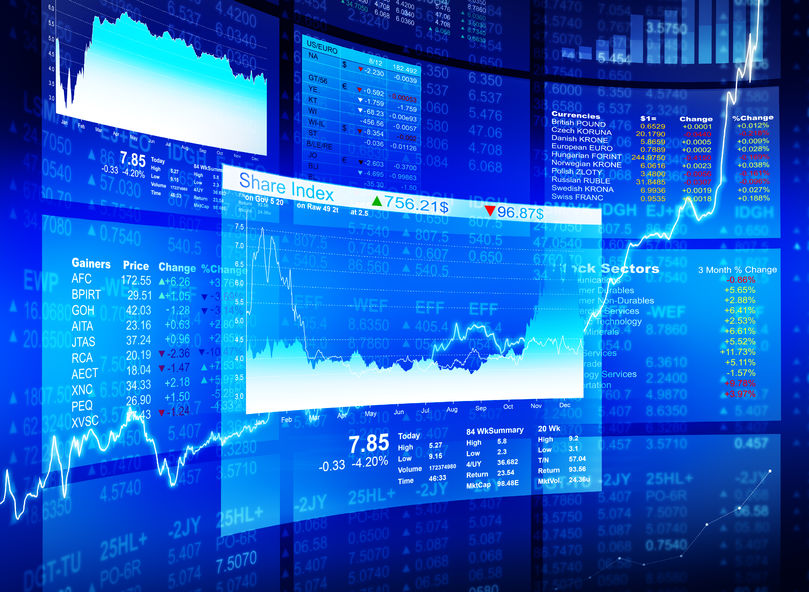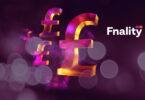Banks around the world have to comply with legislation to make sure they can raise cash when they need it. Laws that came into force since the financial crisis stipulate they have to own sufficient holdings of High-Quality Liquid Assets (HQLA). The ones you can sell quickly. To make it easier to sell these assets, today a new digital ledger initiative was launched, HQLAX.
In the first live transaction, Credit Suisse and ING swapped baskets of securities valued at EUR 25 million.
It’s not the first electronic solution – Bloomberg, for example, has an HQLA product. But it’s the first digital ledger solution, and it uses R3’s Corda technology.
Collateral can include cash, government securities, mortgage-backed securities, bonds, equities, metals, and commodities. In modern banking, collateral is mostly used in over the counter (OTC) trades which are carried out directly between two parties. HQLAX targets these OTC trades.
Romain Dumas from Credit Suisse said, “The success of this first live transaction speaks to the potential for blockchain technology to help improve collateral fluidity by creating a more efficient, transparent, and cost-effective marketplace for liquidity transfers.”
Digital Collateral Receipts (DCR) represent a basket of securities held for safekeeping at a trusted third party. When a DCR is exchanged, the legal title to the underlying securities is transferred. There’s no need for the securities to move.
“What’s really different is that it gives the regulator the opportunity to get direct access to the ledger and see the entire digital history of the transaction, from where it originated to its ownership and attributes. In the over-the-counter environment, which is traditionally not that transparent, it could make the entire financial system more resilient” said ING’s Ivar Wiersma.
ING made a significant technical contribution to the project.






